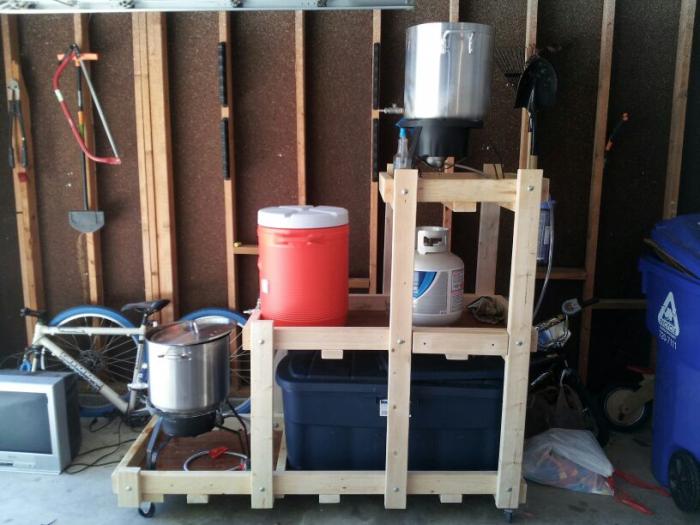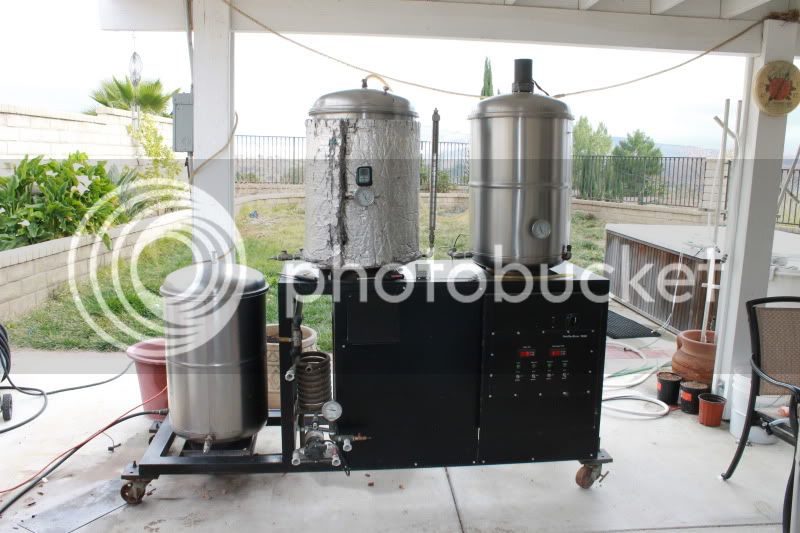I have a 3 tier from MOrebeer.... 10 gallon pots, makes about 6.5 gallons after boil. I have had it for 15 years or so. Hooked up to natural gas. I have been considering going to a 10 gallon system for the last two years - another morebeer setup. Been looking at the single tier and tippy dump styles...... but every time I brew on my 3 tier I keep coming back to the simplicity of gravity. Mine is smaller than what you are talking, so height is not really an issue - I can easily dump gallon or 3 gallon jugs of water in the Hot water sparge pot at the top. The top of the mash tun is around chest height - so easy to stir while standing (I am only 5-8 or so). Boil kettle is just high enough to put a bucket or carboy under the spigot for emptying at the end.
Now - if the height were to get to the point where I had to stand on stools, my opinion might change about 3 tier. However, I love the simplicity of gravity. No messing with pumps, etc..... less to clean. Less chance of something hiding somewhere to infect, etc.
All of that said - there are lots and lots of people who make outstanding beer on single tiers and love the pumps, etc. Also, if you are "eventually" going to go to single tier at some point - do it now, and do it right. The only regrets I have ever had in brewing purchases were the times where I tried to save a few bucks, only to later need to spend more money for upgrades at some point.
I can easily say the purchase of my 3 tier (15 years ago, for $1500 or so) is by far the best purchase I have ever made in my life - it makes brew day great. Over time, the money it costs is spread out and becomes rather minimal really.






